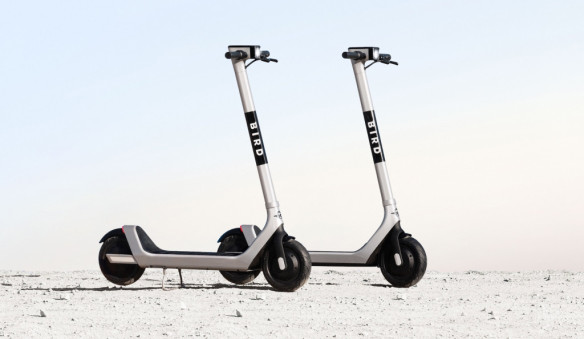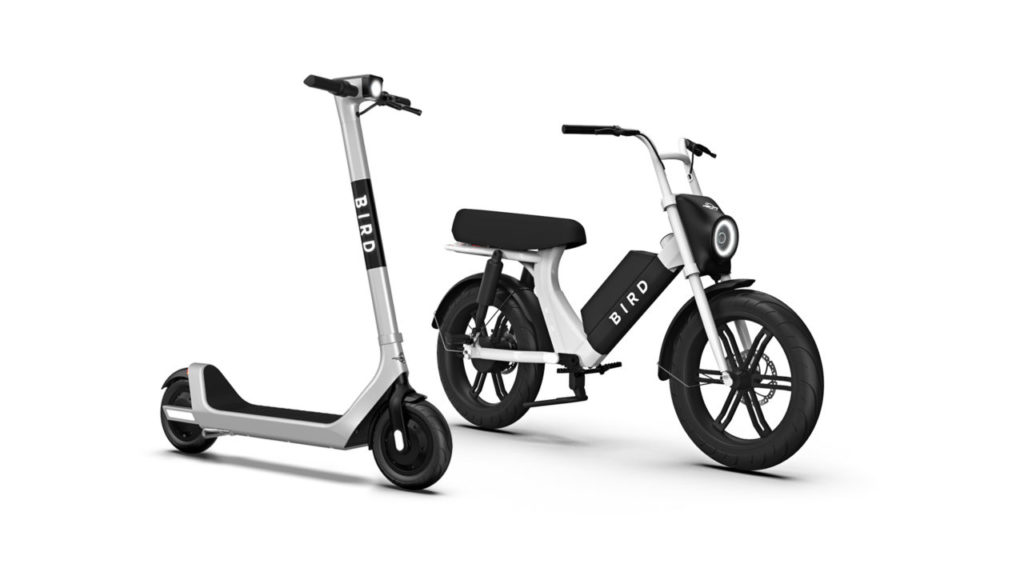Bird Flies Sustainably with Sturdy Scooters
Bird, the two-year-old, Santa-Monica-based scooter-sharing company, has been growing and developing its trademark electric scooters since it was founded in September 2017. One question about scooters, though, is how sustainable they are. I spoke with Bird’s head of sustainability, Melinda Hanson, at last month’s VERGE 19 in Oakland to find out.

Hanson has two facets to her role: One is promoting the carbon mitigation potential of electric vehicles while helping cities meet their clean energy transportation goals. The other is working to make sure Bird itself is a more sustainable company.
Hanson is focused on developing climate policy that gets people into EVs, including the small scooters that are Bird’s mainstay. She’s concerned emissions are still going up despite the rise of EVs and scooters.
As anyone who lives in a city can attest, the scooter sharing business is booming.
“The main growth in EVs in 2018 was in scooters,” said Hanson.
She told me that Bird’s goal is to get people out of their cars for short trips, especially in crowded cities.
“The data show that many car trips are less than three miles,” said Hanson. “They should be riding scooters.”
I asked if people were really replacing car trips with scooters and Hanson said that one-third to one-half of e-scooter trips were replacing personal car trips—and much of the rest was in place of using ridesharing services, such as Uber and Lyft—which are not environmentally positive if they’re powered by internal combustion engines—and contribute to traffic congestion.
Serious Scooters
Bird takes its scooters seriously. They have developed and refined them over the last two years to be more robust, so they last longer.

“Our first scooters were consumer models, not rugged enough for many trips a day by multiple people,” said Hanson. Bird has built its own custom models now, which they test for ruggedness. They have learned a lot from the last two years.
“We used to have screws come loose, and shock absorbers wore out,” Hanson said. “We have increased frame density and put on better kickstands,” she said.
The Bird 2 model—the newest one—is much improved. The company wants riding a Bird to be a great experience, so customers will come back and ride them regularly.
Bird has doubled the battery capacity of the latest scooters. This means that they can be used by more customers before needing to come in to be recharged. To facilitate local charging, Bird has a distributed charging program where gig workers can pick up the scooters and charge them at home and put them back on the street. These folks are called “chargers.”
“We want to reduce friction,” Hanson said. That means making not only the riding experience fun and easy, but also signup and payment.
Expanding the Portfolio
Bird has started working with Scoot, a company it acquired in June, to bring out other types of two-wheel transportation, such as mopeds.
“We want to provide a bunch of vehicles for different trip modes,” said Hanson. But the starter vehicle is still likely to be the little scooter, which is easy to ride and easy to park.

Safety is a concern, and Bird has worked with cities to try to create bike lanes. They have offered to send riders free helmets (the customer pays only for shipping).
Hanson is looking for a systems impact. She thinks there’s room to start converting parking spaces to scooter parking at some point, when there are enough of them out there.
“When scooters become a major aspect of urban mobility the streets will start changing the way they look,” said Hanson.
Why will Bird succeed where others falter? Hanson thinks their emphasis on a great customer experience will lead to winning in the marketplace. And, their major investments in R&D to create better quality scooters will help too.
Summing up, Bird’s goal is to improve the overall efficiency of vehicles, using clean energy; they want to get people out of their cars for all those short trips. And they want to do it sustainably.
